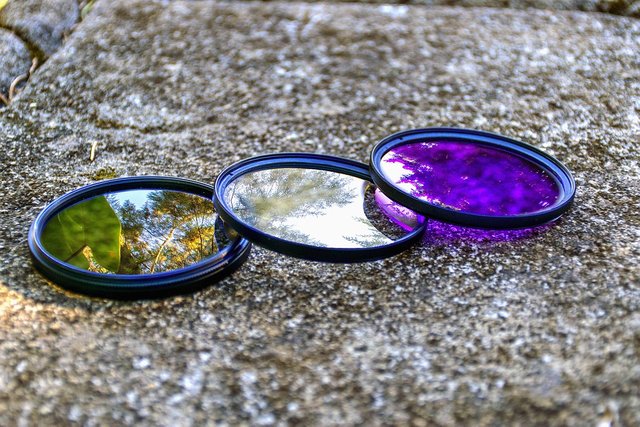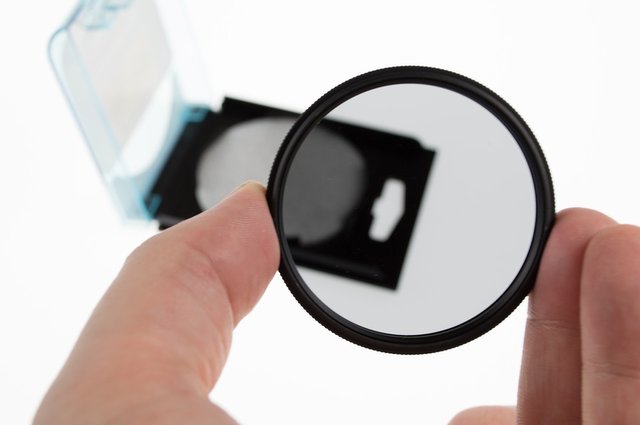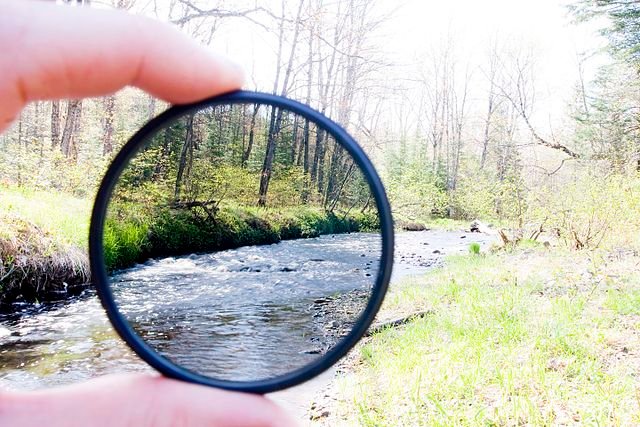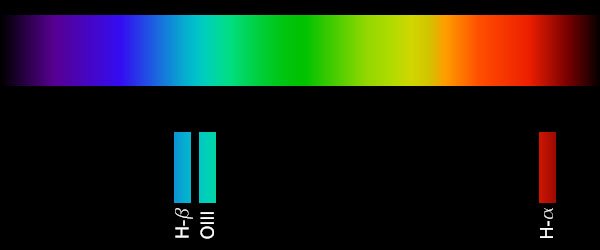Astronomical equipment #7: Filters
When we already have a telescope of dreams and a set of great astronomical eyepieces, we may need something else. Filters of various types aren't mandatory, but they can give surprising results. I will try to approximate and summarize this topic. I invite you to read.

Source: Pixabay link [CC0 licence]
In a word, I will say a little about filters in general. In astronomy, there are considerable similarities to filters commonly used in photography. The filters are attached to the astronomical eyepieces from the bottom, screwing the filter into the thread in the eyepiece sleeve. As the eyepieces come in two sizes (1.25 and 2 inches), the filters also appear in two diameters. The task of the filters is to cut out a part of the light spectrum, i.e. to reduce the brightness of different spectra. Using night filters makes sense in telescopes over 8 inches in diameter. For the observation of the Sun, however, usually a solar film is used, which is placed in front of the telescope lens, preventing the focus of light in the eyepiece. On the Sun can't apply filters only to the eyepiece itself. Its damage would cause a focused beam of light to get into the eye and, consequently, permanent eye damage. I will focus in this article on the filters we use at night.
Lunar and polarizing filters
The full moon seems to us very bright, even when we look at it with the naked eye. The 8-inch telescope focuses about 1,100 times lighter than the human eye. Imagine how bright the picture of the moon is in it. It would seem that only the Sun is dangerous. As it turns out, the observation of our satellite even for a quarter of an hour can cause physical eye pain. It may not lead to damage, however disruptive. That is why brightness-reducing filters have been created. A typical filter used to observe the moon is a gray color filter. It occurs in several versions of the permeability of the percentage of light. We see its operation in the picture next to it. For more demanding applications, there are polarizing filters that have transmission control in the range of, for example, 1 to 50% of light transmission. Such gray filters are usually a small cost, and I recommend them to everyone. They can also be used to observe too bright planets like Venus.
Planetary filters
For those who focus on planetary observation, a whole range of colorful filters will be useful. In addition to darkening, they already have a specific role. They only allow light of a given color. This allows you to see the details of planets invisible to the eye without a given filter. In the table below I have described the basic colors of planetary filters. As a rule, the planetary glasses are 1.25 inches in size, so there is no need to buy more expensive 2-inch filters.
| Filter color | Used for |
|---|---|
| yellow | Shows better details of the surface of Mars, improves the visibility of the clouds in the atmosphere of Jupiter. |
| orange | Improves contrast in twilight observations (Venus and Mercury). Good to Mars. Shows additional details on Jupiter and Saturn. It helps to observe the Uranus atmosphere structures (for large diameter telescopes). |
| red | Good for observation of ice caps on Mars. |
| blue | Enhances the contrast of Jupiter and Saturn belts. Suitable for Mars. Reveals the details of the clouds on Venus. |
| violet | Useful in observations of Venus. Improves the visibility of Saturn's ring structure. |
| green | In Jupiter, he reveals the Great Red Spot and the reddish details of the clouds. It shows white areas in the atmosphere of Saturn. |
Nebular filters
This is the most interesting type of filters for amateur telescopes. Here you need 2-inch filters, unfortunately expensive. They allow you to observe different parts of the spectrum. The softer ones are called Light Pollution. They usually cut out the spectrum corresponding to the color of yellow sodium lamps polluting the sky in urban areas. They can help to observe nebulae as well as galaxies in the suburban sky. The important fact is that the nebulae mostly shine in one of the three spectral bands: Hα, Hβ and the double ionized oxygen band known as O-III. The second type of nebulous filters is the UHC filter, which transmits light in these 3 lines. It is a darker filter. It is no longer suitable for galaxies because it cuts out too much of their starlight light. This UHC filter is the optimal choice for most nebulae. It will significantly increase the contrast, giving us a substitute for the black sky. Amazingly, many of the nebulae shines only in the O-III band. The O-III filter is the most popular narrowband filter. It allows even in the city to cut out the bright sky and show a given nebula, invisible completely without this filter!

Source: Pixabay link [CC0 licence]
It really works, you only need a large telescope with a diameter of more than 8 inches. If you are interested in the topic, in the last link below you can see the views of the nebulae in the city with various filters. Nebular filters are a really interesting invention. When we have complete equipment for observing the night sky, various types of filters will help us to draw the maximum capabilities of our set. On the suburban bright sky they are the only rescue to be able to see the brightest objects of the deep sky. I recommend especially nebulous filters in large diameter telescopes. Thank you for reading.
Greetings to lovers of Astronomy!
References:




Never tried tbh,nice fact
Thanks. In a large telescope the moon is so bright that a single look causes pain. The filter is then very necessary.
You mentioned polarizations filter as ND, are there any problems with X artefact (some photo guys hate them)
The filters I described in use for visual observations. There are no artefacts in visual observations. Photographing through a telescope using filters is a more complicated topic.